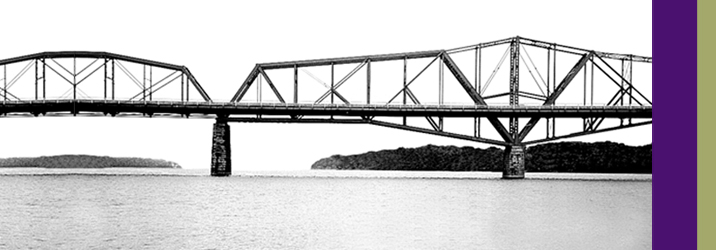
Ice Dams
Ice Dams
Ice dams during a Canadian winter may give your home a scenic, wintery look, but they can also be the cause of significant damage to your roof, shingles, insulation, interior walls, personal property, and – in extreme cases – the
structural integrity of your home. The best way to combat this potential damage is to prevent or minimize the formation of ice dams.
What is an Ice Dam?
Ice dams are the large mass of ice that collects on the lower edge of the roof or in the gutters.
Indications that ice damming may be occuring
- Snow is melting but there is a line of ice or snow at the eaves that is not draining
- Formation of large icicles from the eaves
- Water is dripping out of the soffit or gutter
- Shingles appear worn or faded on overhangs
- Shingles have rolling humps or dips on eave line
- Interior walls or ceilings have visible water damage under eaves
What causes an ice dam?
Ice damming usually occurs when there is a significant amount of snow on the roof. If the temperature in the attic is above freezing, it warms the roof sheathing, melting the snow. The melt water flows down to another part of the roof that is cooler – usually the overhang and eaves – and the water freezes. The ice forms a small dam that builds up slowly as more and more melt water refreezes. Eventually, water backs up behind the dam and works its way under the shingles until it begins to leak through the roof into the living space below.
The problem gets worse as the backlog of slush and snow created by the damming forces the shingles up dislodging nails in the process. Nail holes and small cracks are perfect pathways for flowing water. Water pathways make their way into your attic, seeping through your insulation and migrating into your walls and through your ceiling. Some leaks caused by ice dams can be obvious, but others can be more difficult to detect, taking years before you notice the accumulated mold and wood rot.
Four main causes of icedamming
- Weather
- Household heat escaping to the attic
- Uneven roof temperatures
- Roofing underlayment that water can penetrate
How to prevent or minimize the chances of ice dam formations
- Keep gutters and downspouts clear of leaves and natural debris
- Identify areas of heat loss in your attic and then properly insulate those areas
- Wrap or insulate all heating duct work in order to reduce heat loss through your attic
- Ensure that the attic has proper and continuous ventilation under the roof deck
- Use a snow rake or soft broom to clear fresh snowfall from gutters
- When replacing your roof, make sure to request that an ice and water shield be installed (a rubber membrane that goes below the shingles and deflects water away from the roof decking wood surface)
- For other tips and products to help with ice dam prevention, please visit your local hardward store
